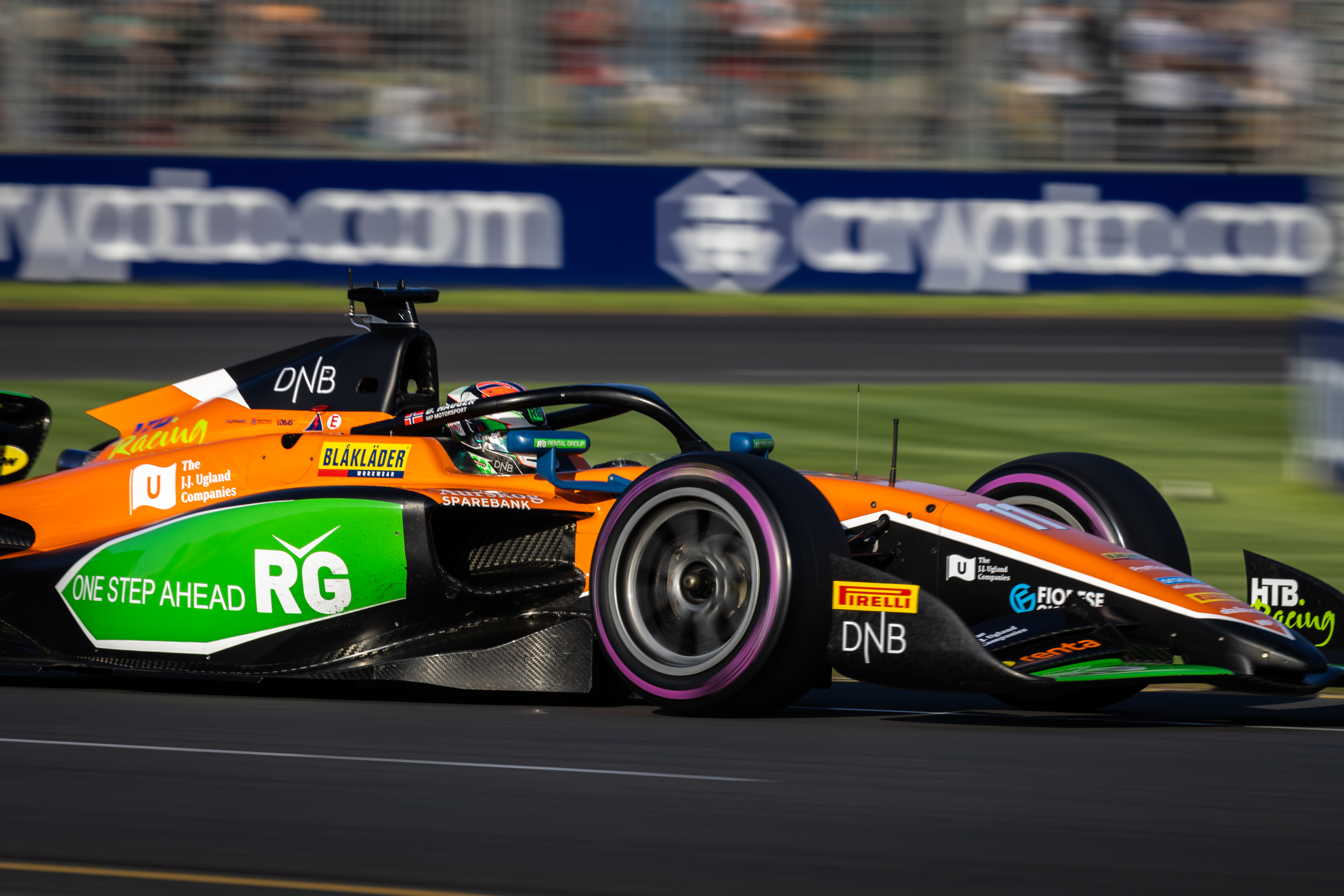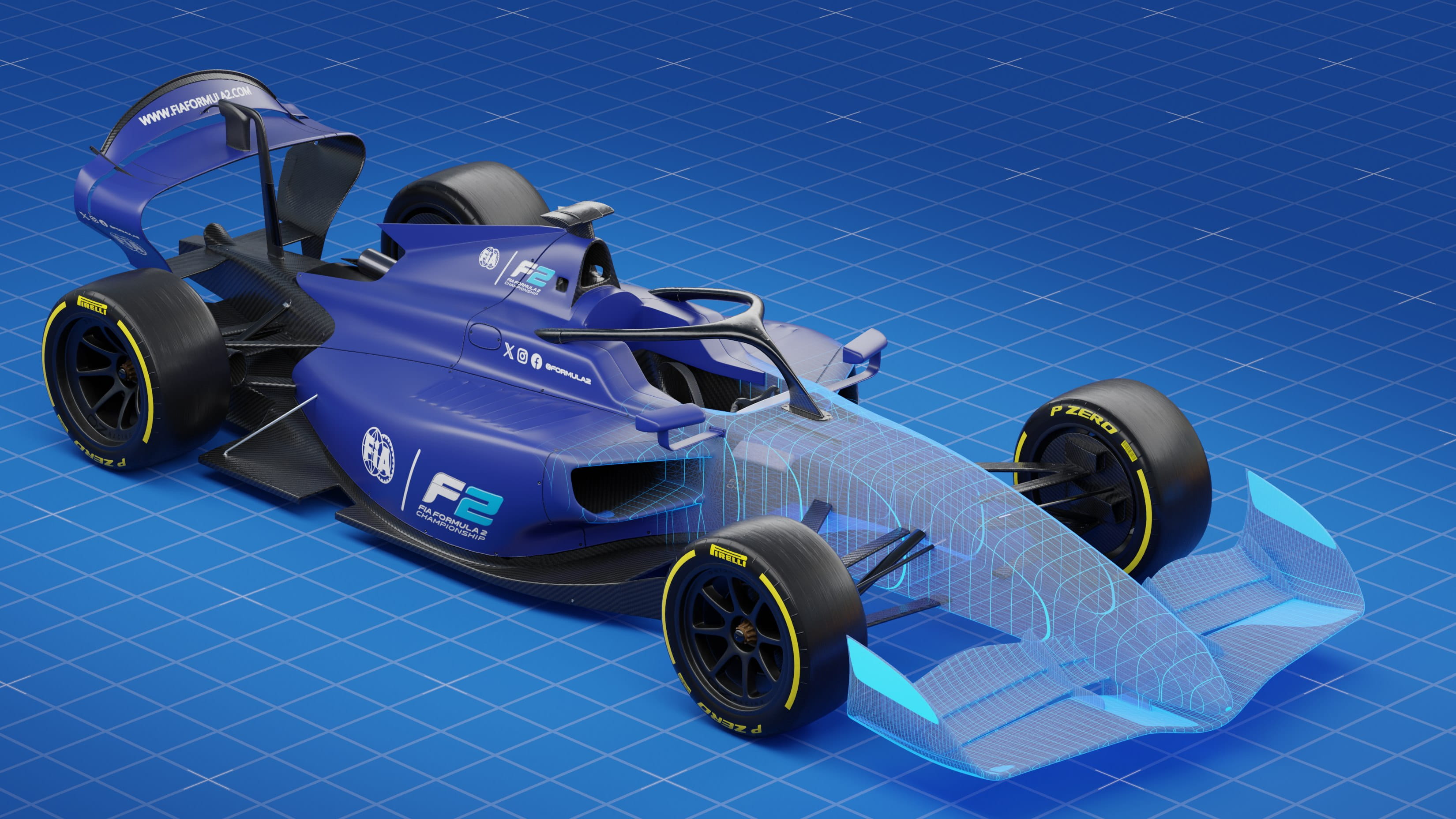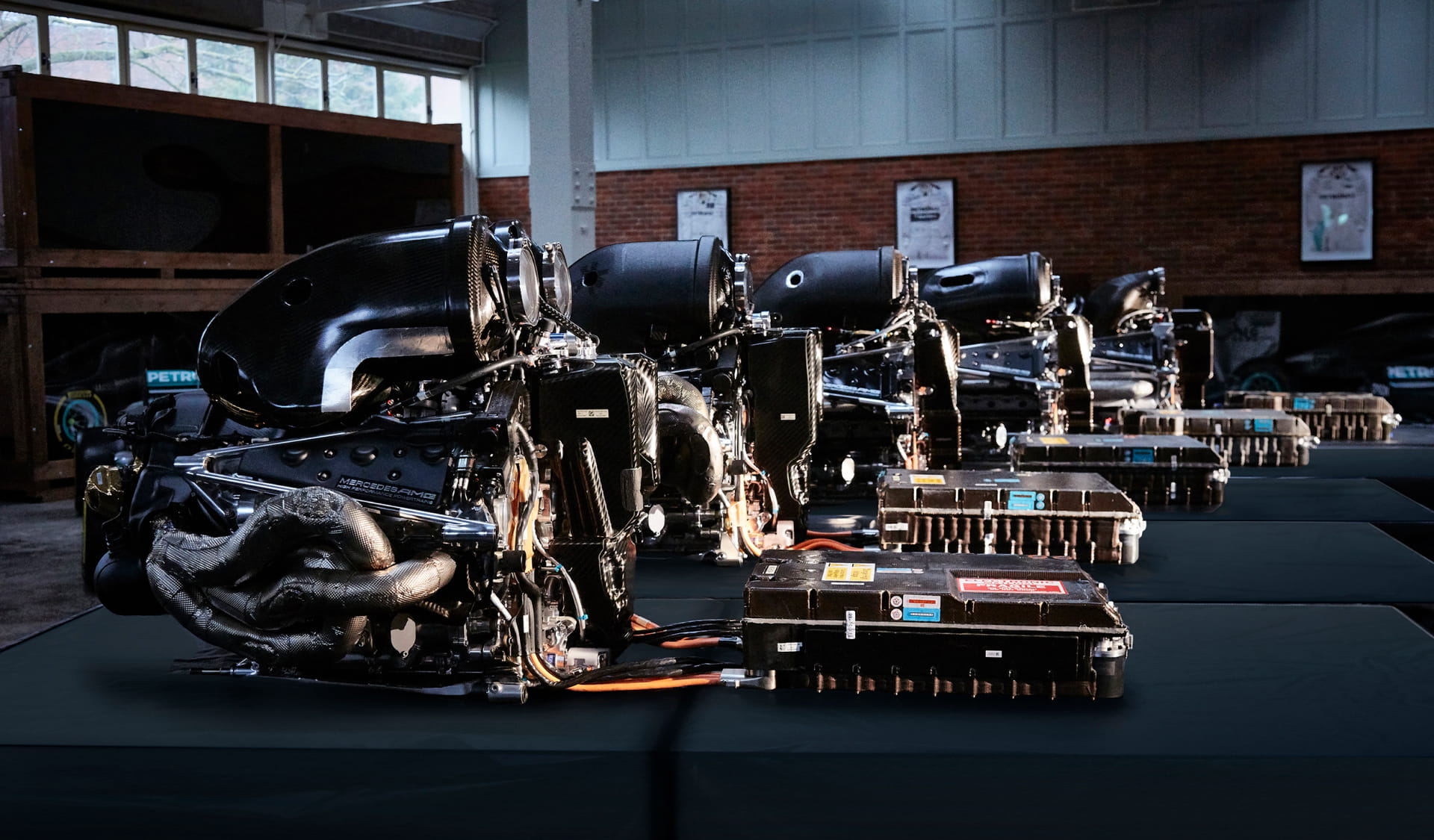Event
Formula 2 2024 season: How track conditions affected the F2 result in Australia
by Samarth Kanal
5min read
.jpg?cx=0.5&cy=0.5)
RaceTeq delivers in-depth Formula 2 technology reports from every round of the 2024 championship, delving into the factors that ultimately decide victory.
The third round of the season was held in Australia, where track conditions and reliability shaped the result.
Why did Dennis Hauger’s weekend end with a crash on Sunday?
There was plenty of rubber laid onto the track with Formula 1, Formula 2, Formula 3, Australian Supercars, Porsche Carrera Cup and a couple of demonstration vehicles taking to Albert Park over the 2024 Australian Grand Prix weekend.
That extra rubber should have made for better grip around Albert Park, which is a street circuit with several tricky high and medium-speed corners and a relative lack of run-off area.
This weekend, however, a few incidents caught drivers out, not just in F2, but F1: Mercedes driver George Russell’s accident towards the end of Sunday’s Grand Prix made headlines as he hit the barriers at Turns 6 and 7.
In F2, MP Motorsport driver Dennis Hauger was caught out at the very same complex of corners when, just after exiting the pits, he locked up and hit the barriers at the end of the feature race on Sunday – ending his chase for a podium and potential victory.
Why were conditions so tough at Melbourne, and what was the cause of Hauger’s race-changing crash?
continues below

.jpg?cx=0.5&cy=0.5)
Paul Aron (left), Isack Hadjar (centre) and Zane Maloney (R) on the podium in Melbourne
“But I think this is what Formula 2 is about and, in a sense, if you get it right, it's really fun."
Hauger’s team MP Motorsport concurred with the F2 drivers’ comments as it said cold tyres were to blame for the Norwegian driver’s race-ending crash.
.jpg?cx=0.5&cy=0.5)
Pepe Marti said it was “exceptional” that Campos had experienced numerous reliability issues in Saudi Arabia
Reliability issues begin to sting
To have three problems engine-wise in a week and one DRS problem in a weekend is to me, exceptional
Pepe Marti
, Campos Racing


/xpb_1303968_hires/xpb_1309279_hires-(1)/xpb_1312121_hires/xpb_1317176_hires-(1)/xpb_1319965_hires-(1)/xpb1325482hires-1-1.jpg?cx=0.52&cy=0.64)